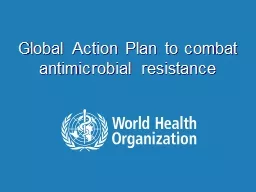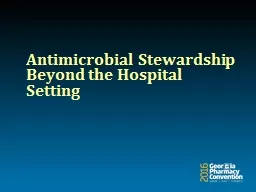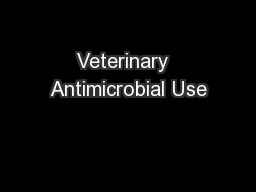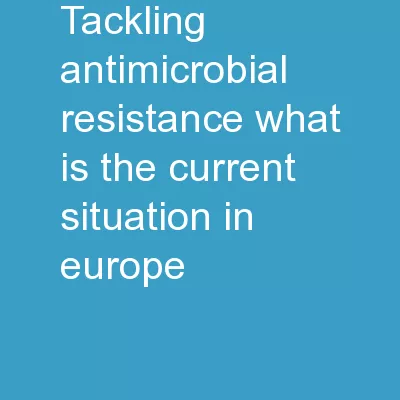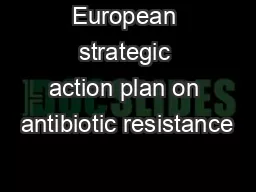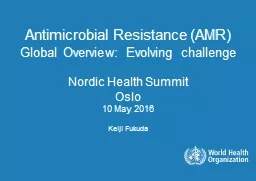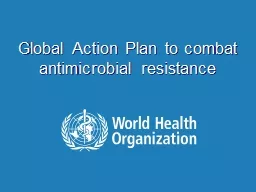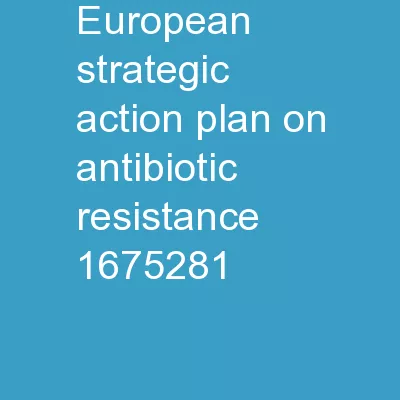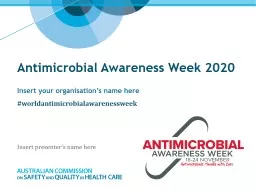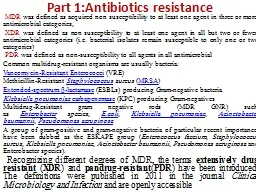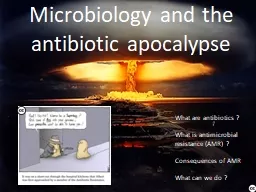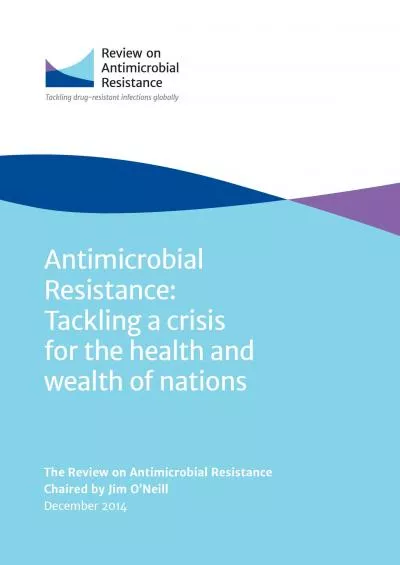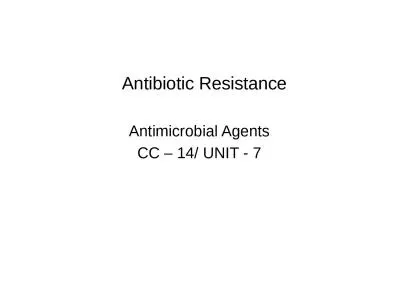PPT-Global Action Plan to combat antimicrobial resistance
Author : phoebe-click | Published Date : 2018-03-22
survivors Penicillin Untreated Days Penicillin increased the chance of survival from 10 to 90 Patients with pneumonia and bacteria in the blood Adapted from
Presentation Embed Code
Download Presentation
Download Presentation The PPT/PDF document "Global Action Plan to combat antimicrobi..." is the property of its rightful owner. Permission is granted to download and print the materials on this website for personal, non-commercial use only, and to display it on your personal computer provided you do not modify the materials and that you retain all copyright notices contained in the materials. By downloading content from our website, you accept the terms of this agreement.
Global Action Plan to combat antimicrobial resistance: Transcript
Download Rules Of Document
"Global Action Plan to combat antimicrobial resistance"The content belongs to its owner. You may download and print it for personal use, without modification, and keep all copyright notices. By downloading, you agree to these terms.
Related Documents

